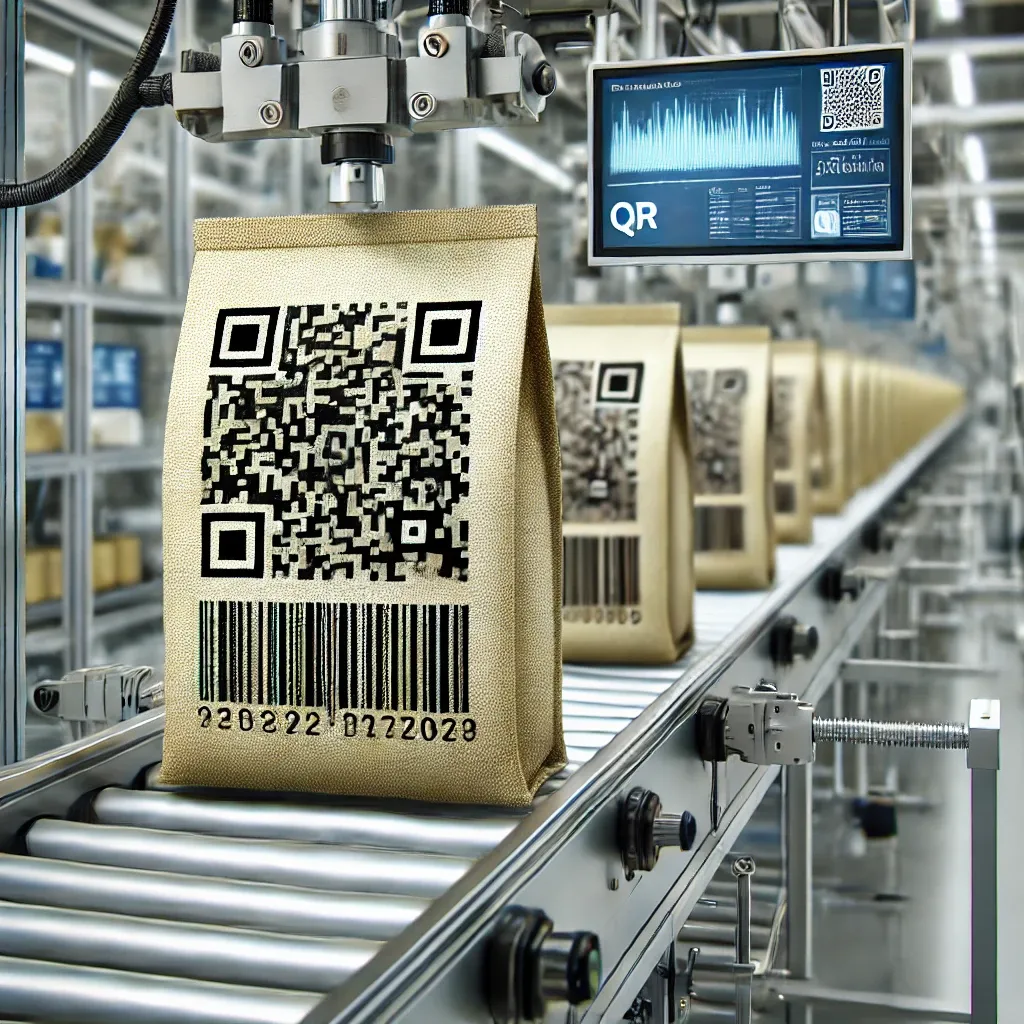Basics of Variable Data Printing for Manufacturing: QR Codes Explained

Variable Data Printing (VDP) is transforming how manufacturers handle production, logistics, and customer engagement. By enabling dynamic and personalized content for each printed product, QR codes are at the forefront of this revolution. This guide explains the fundamentals of variable data printing and how QR codes are reshaping the manufacturing landscape.
What Is Variable Data Printing (VDP)?
Variable Data Printing is a digital printing technique that dynamically customizes printed elements such as text, images, barcodes, or QR codes. Unlike traditional static printing, VDP uses data inputs to generate unique identifiers for each unit. In manufacturing, this often includes:
- Serial numbers
- Batch or lot codes
- Product-specific URLs
- Expiry dates
- Regulatory compliance information
- Supply chain tracking data
Why Are QR Codes Central to Variable Data Printing?
QR codes are compact, versatile, and scannable across a wide range of devices, making them ideal for embedding detailed and dynamic data. Their ability to store information such as URLs, text, and numerical data has made them the go-to choice for manufacturers aiming to enhance traceability, security, and consumer engagement.
Applications of Variable Data Printing with QR Codes
Product Traceability
- Assign unique QR codes to track products through the supply chain.
- Monitor real-time movements, ensuring seamless logistics and compliance.
Anti-Counterfeiting Measures
- Embed unique QR codes to verify product authenticity.
- Provide consumers with a way to confirm genuine products via scanning.
Personalized Customer Experiences
- Deliver customized content such as user manuals, warranty information, and instructional videos.
- Enable customer loyalty programs through dynamic QR code interactions.
Regulatory Compliance
- Meet industry regulations by embedding product-specific details, including expiration dates, safety certifications, and lot numbers.
Inventory and Warehouse Management
- Simplify inventory tracking with scannable QR codes linked to product databases.
- Reduce errors in stock management and improve operational efficiency.
How Does Variable Data Printing Work for QR Codes?
1. Data Input and Management
Manufacturers provide a database of unique product information, such as serial numbers, batch codes, expiry date or URLs. This data is processed by Variable Data Printing software.
2. Dynamic Template Design
A static design template is integrated with dynamic placeholders for the QR codes. The VDP system maps the database to these placeholders, ensuring every printed QR code is unique.
3. Digital Printing
High-speed digital printers generate customized prints with embedded QR codes in real time. This eliminates the need for pre-printed labels or packaging, reducing waste and costs.

Benefits of Variable Data Printing for Manufacturing
Cost-Effective Production
- VDP eliminates the need for multiple print runs, enabling on-demand customization.
- Reduces storage costs for pre-printed labels or packaging.
Enhanced Product Security
- Unique QR codes discourage counterfeiting and ensure supply chain integrity.
Improved Operational Efficiency
- Streamlined tracking and inventory management simplify logistics.
- Accelerates the recall process by identifying affected batches instantly.
Sustainability
- Reduces waste by printing only what is needed, when it is needed.
- Enables digital delivery of product information, minimizing paper usage.
Consumer Trust
- Transparent access to product information fosters confidence and loyalty among consumers.
Use Cases Across Industries
Pharmaceuticals
- QR codes on medicine bottles ensure compliance with serialization regulations.
- Enable patients to verify drug authenticity and access dosage information.
Food and Beverage
- Traceability from farm to fork with batch-specific QR codes.
- Offer transparency about sourcing, ingredients, and nutritional details.
Electronics
- Simplify warranty registration and technical support via unique product codes.
- Improve supply chain tracking for components.
Luxury Goods
- Authenticate high-value items with scannable, tamper-proof QR codes.
- Enhance customer engagement through exclusive content.
Automotive
- Track parts and assemblies throughout their lifecycle with serialized QR codes.
- Simplify recalls and repair tracking.
Challenges and Solutions
Challenges
- Data Security: Ensuring sensitive product data is protected from unauthorized access.
- Integration: Seamlessly linking VDP with existing supply chain and manufacturing systems.
- Costs: Initial setup of VDP systems can be expensive for smaller manufacturers.
Solutions
- Implement secure cloud-based data storage and access controls.
- Use APIs to integrate VDP with ERP and supply chain management systems.
- Opt for scalable VDP solutions tailored to your operational needs.
Future of Variable Data Printing and QR Codes
As industries move towards smarter manufacturing practices, Variable Data Printing with QR codes will play an essential role in:
- Driving Industry 4.0 adoption.
- Enhancing consumer engagement with interactive and personalized experiences.
- Ensuring sustainability through waste reduction and efficient resource utilization.
Conclusion
Variable Data Printing for QR codes is revolutionizing manufacturing by offering unparalleled product traceability, security, and personalization. By integrating dynamic QR codes into products, manufacturers can meet regulatory demands, streamline operations, and build lasting relationships with consumers. As technology continues to evolve, embracing VDP will be critical for staying competitive in a fast-paced, consumer-driven market.